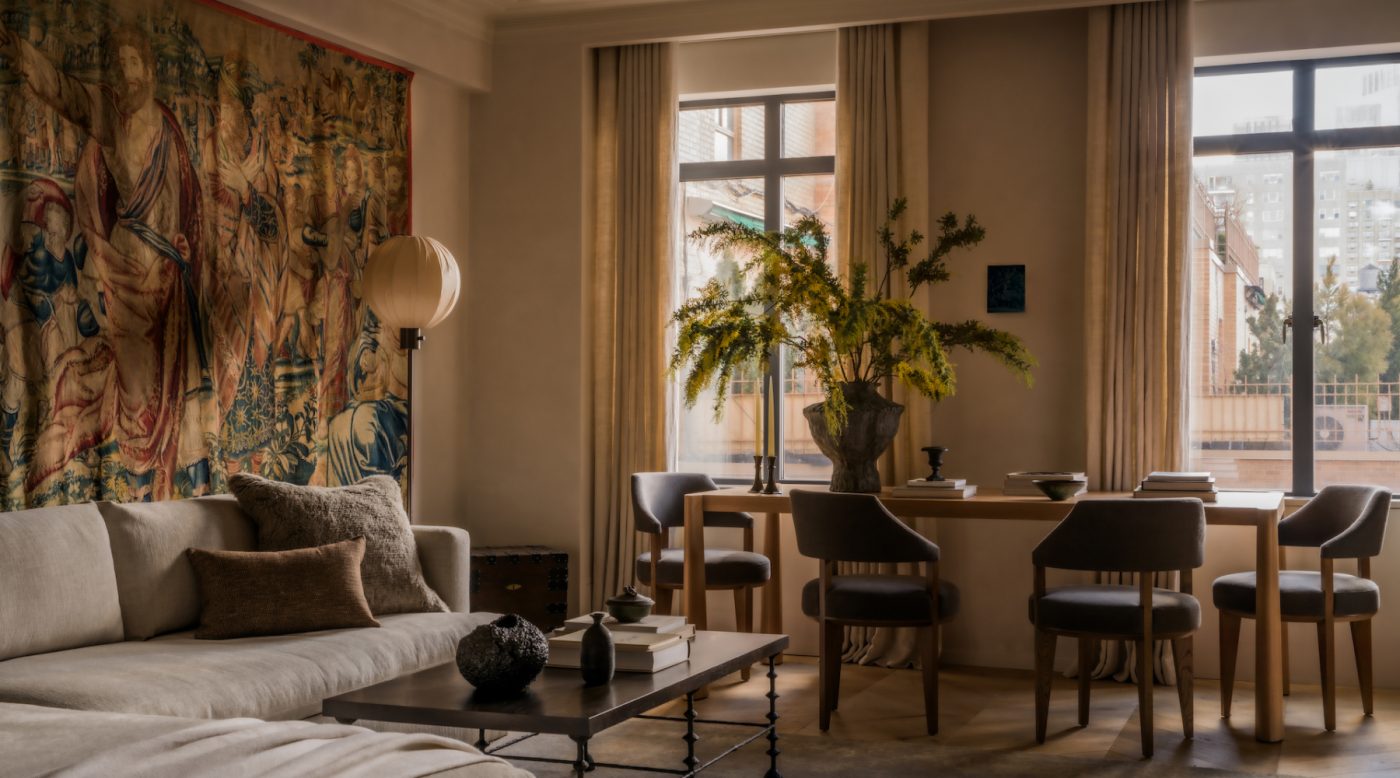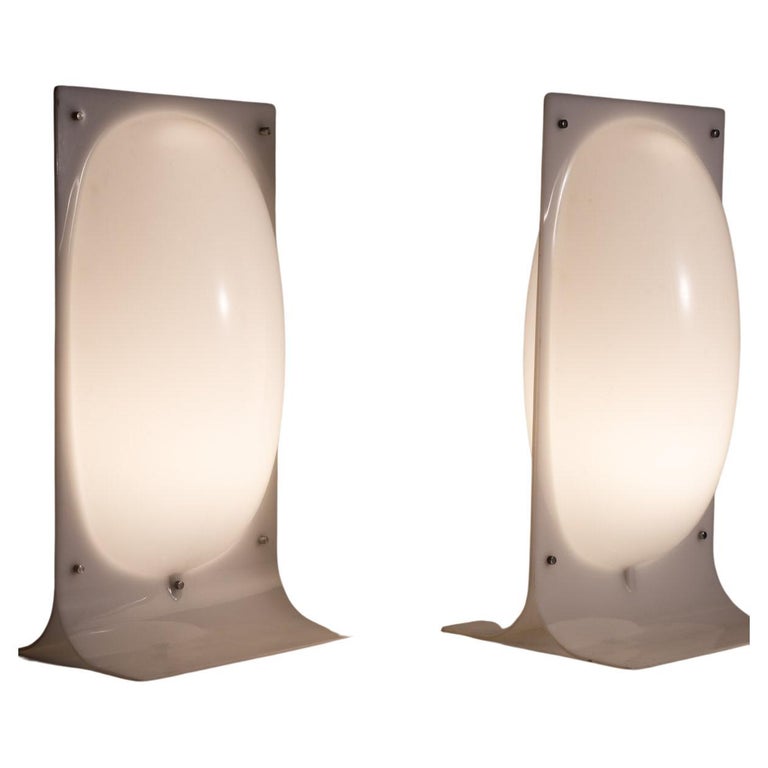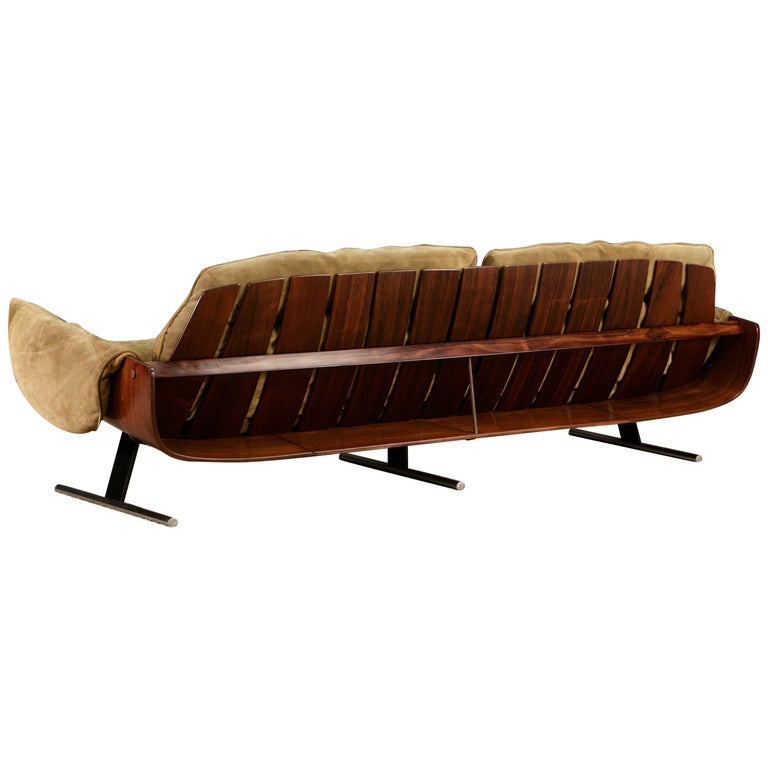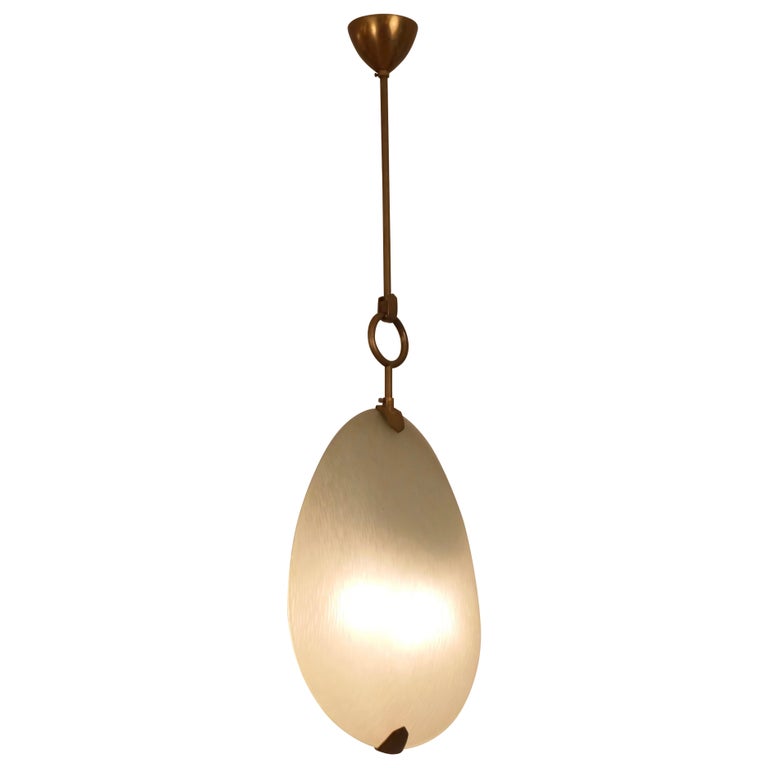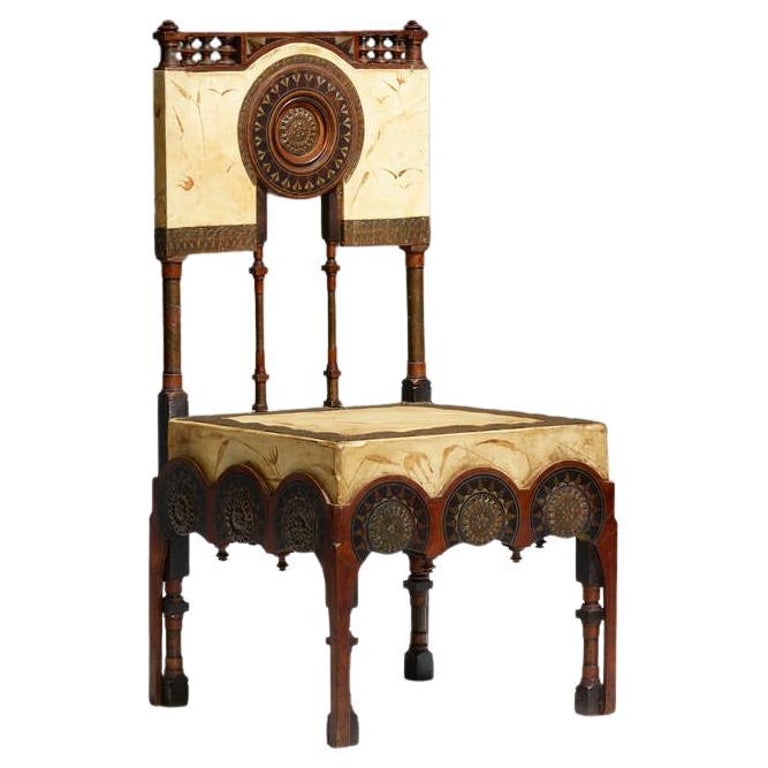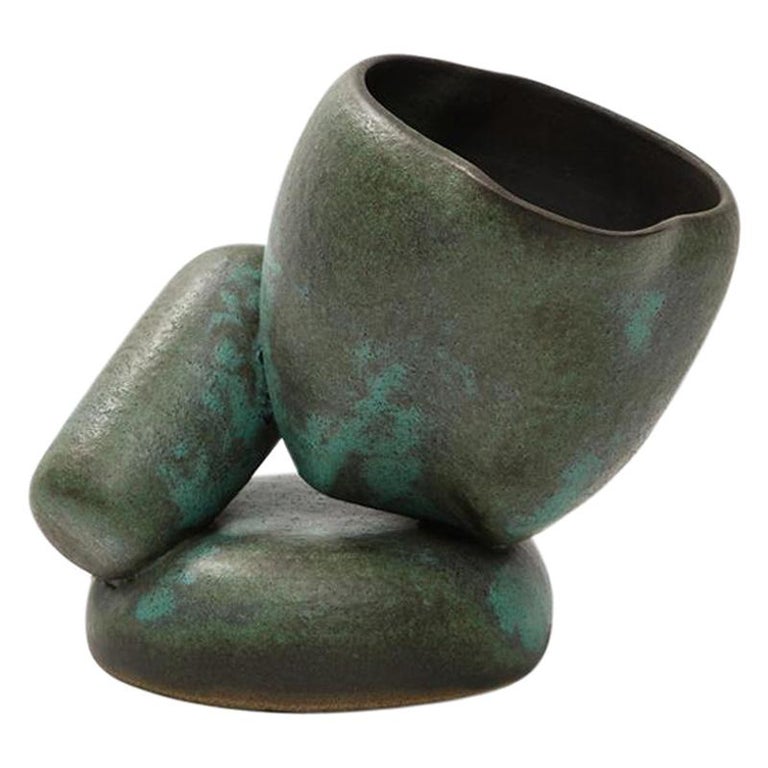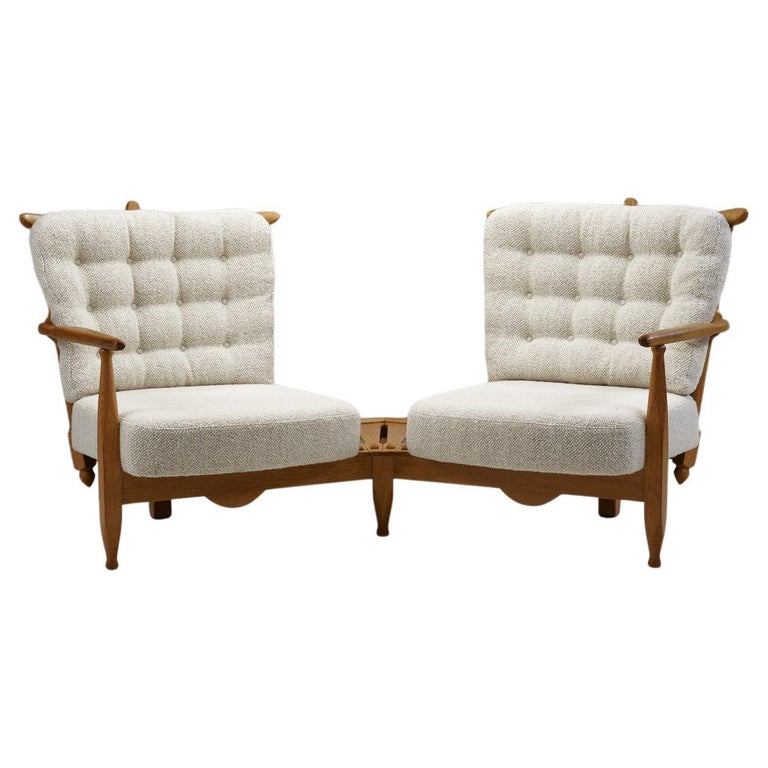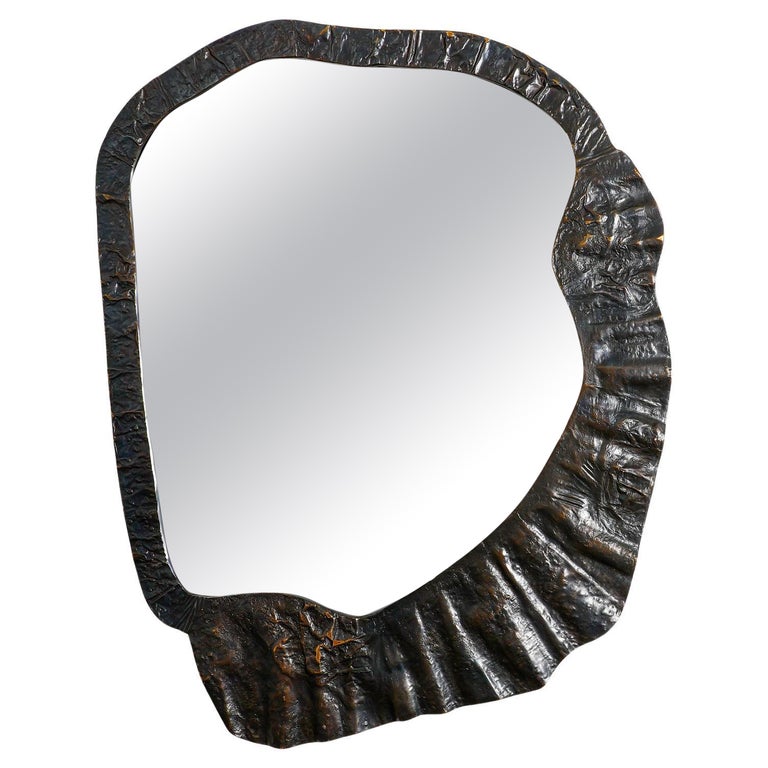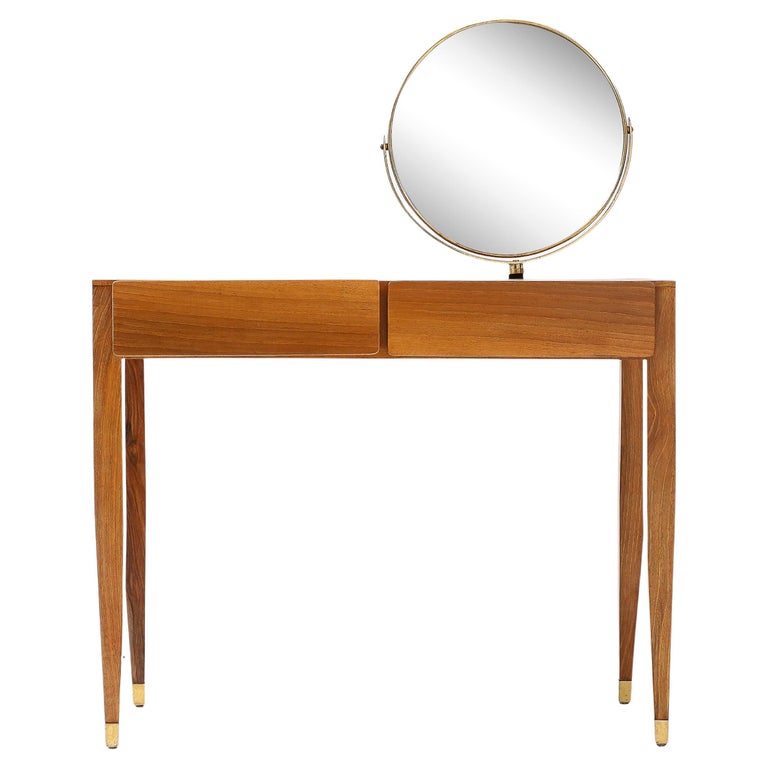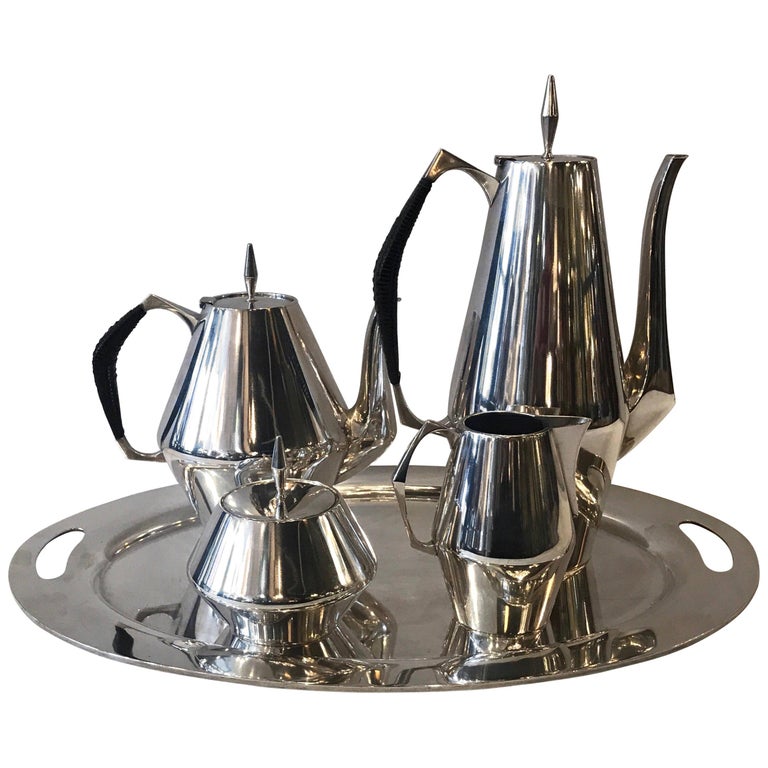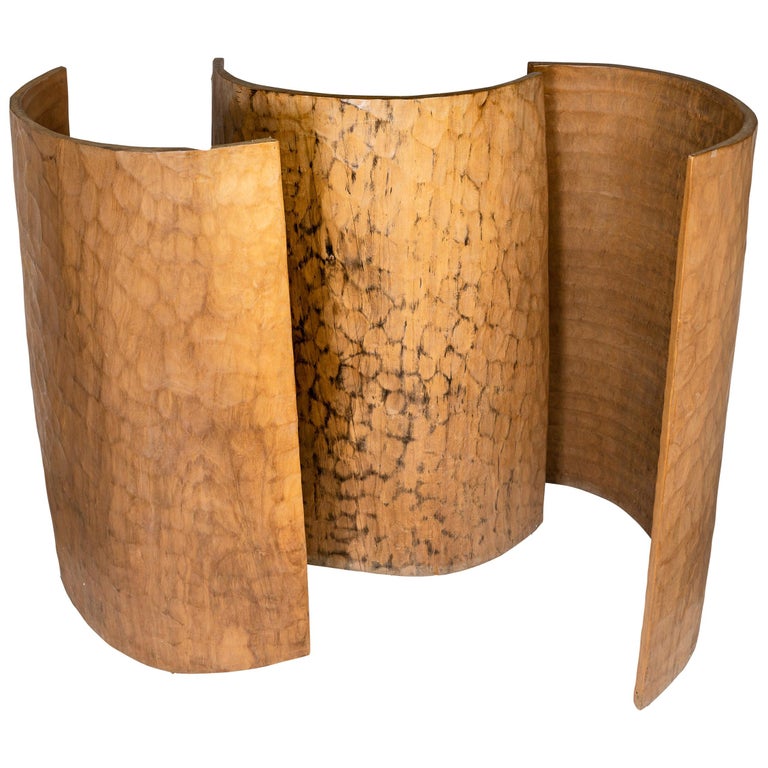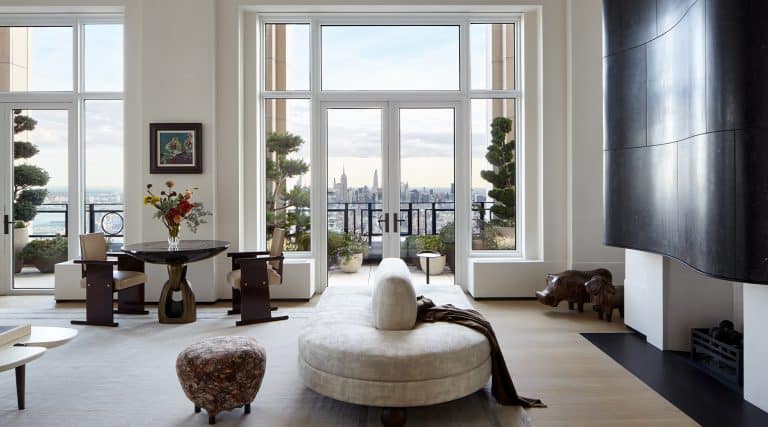June 1, 2025Over the course of her nearly two decades as an interior designer, former fashion-world executive Jessica Gersten has carved out a niche creating spaces filled with what she describes as “sculptural, intriguing” pieces.
“That’s what people come to me for” — that, she says, and her willingness to “take calculated risks.”
She gives credit for this signature style to an early fashion job, in the women’s design studio at Ralph Lauren. One of the first collections she worked on drew inspiration from the sculptures of Constantin Brâncuși and Amedeo Modigliani. “That really spoke to me,” recalls the Maine-born, Manhattan-based Gersten, “and it’s part of my DNA now. The sculptural aspect, it’s everywhere in my work.”
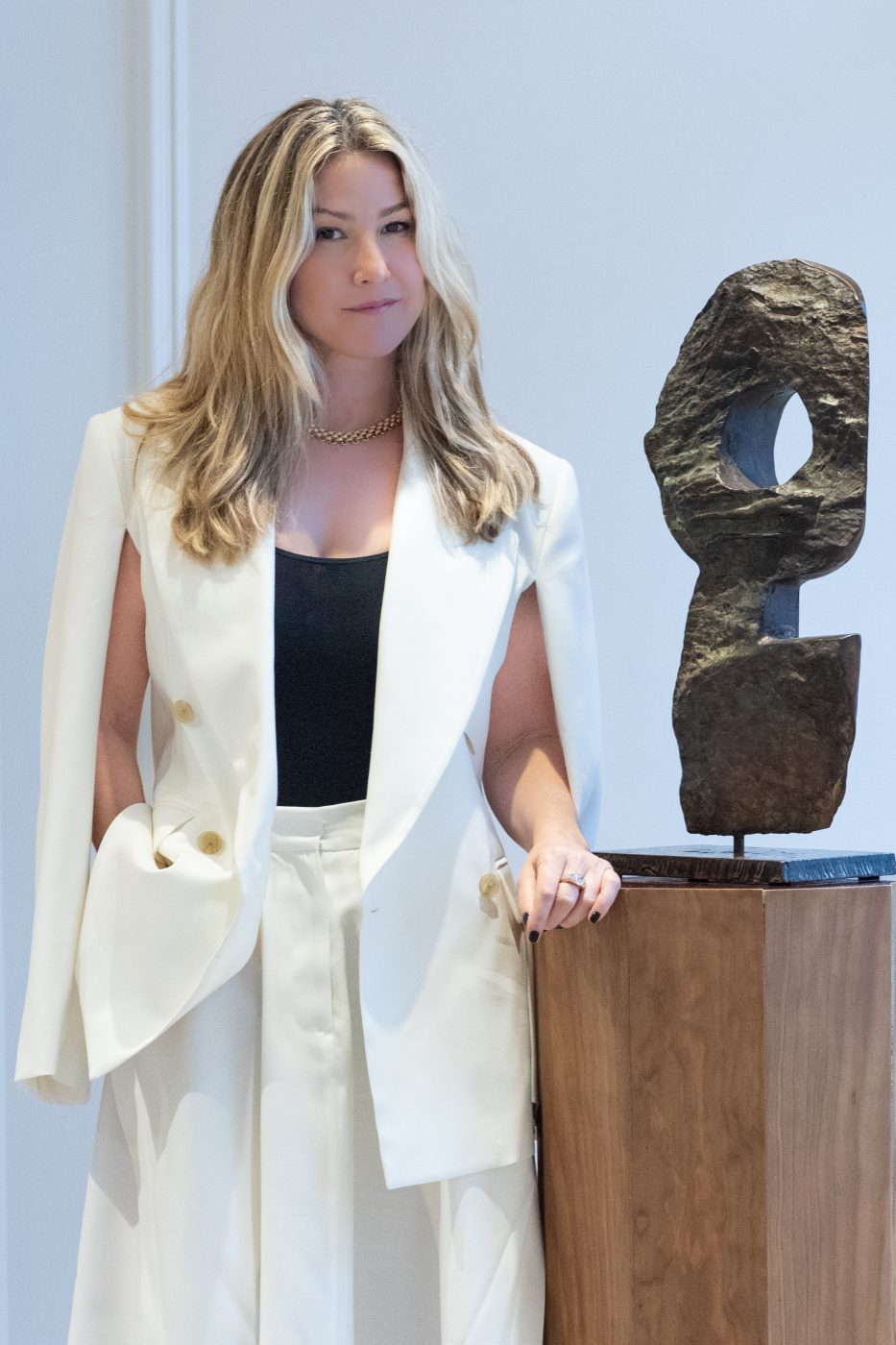
One recently completed project — a Manhattan pied-à-terre for longtime suburban New Jersey clients — came with a set of unique challenges and opportunities that allowed Gersten to show off her signature style with particular aplomb.
The empty-nester homeowners envisioned a specific aesthetic direction for the project. While their primary home, which Gersten designed for them more than a decade ago, had a decidedly contemporary bent, here the clients, and especially the jewelry-designer wife, wanted to display their antiques and love for collecting.
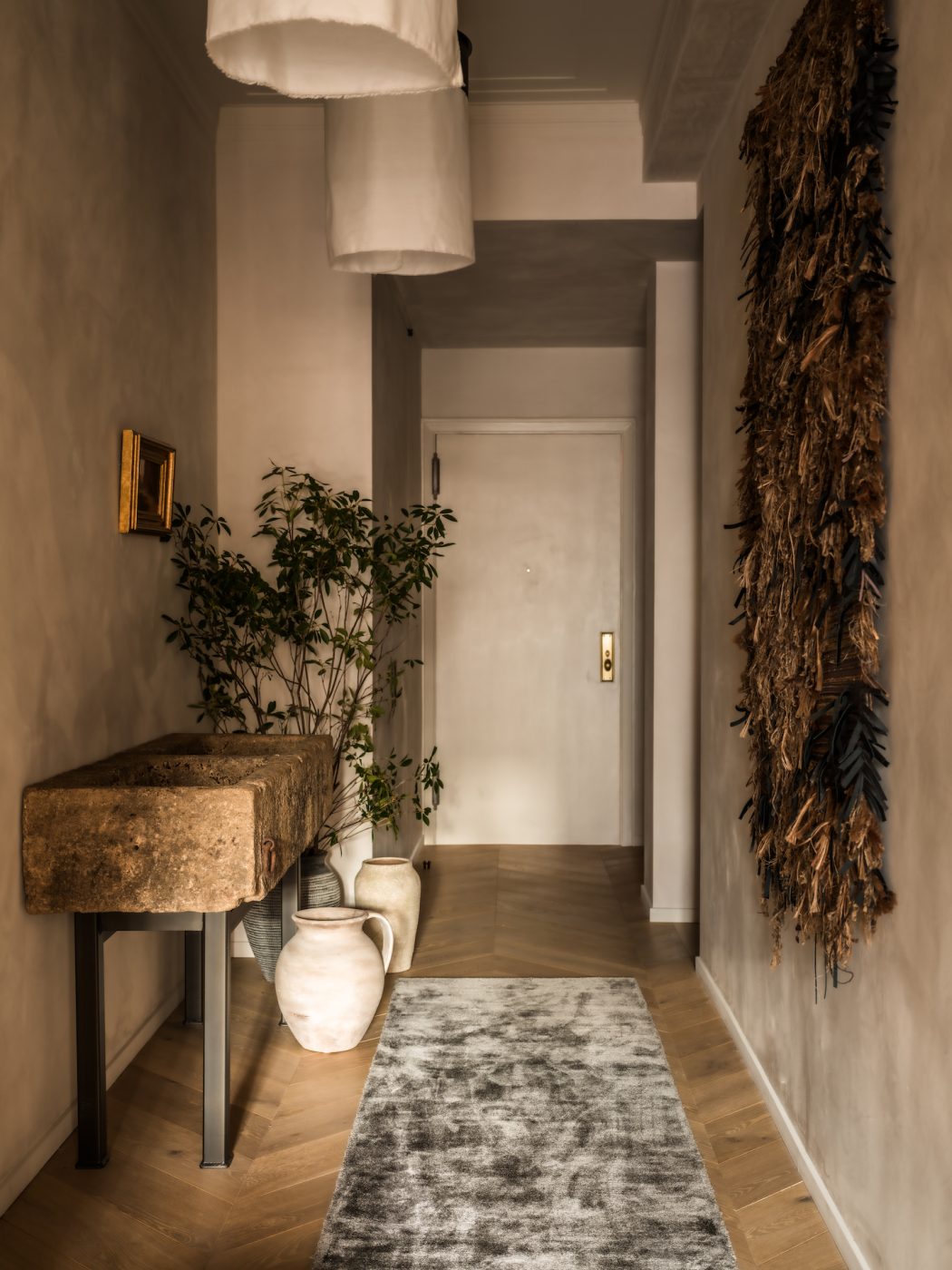
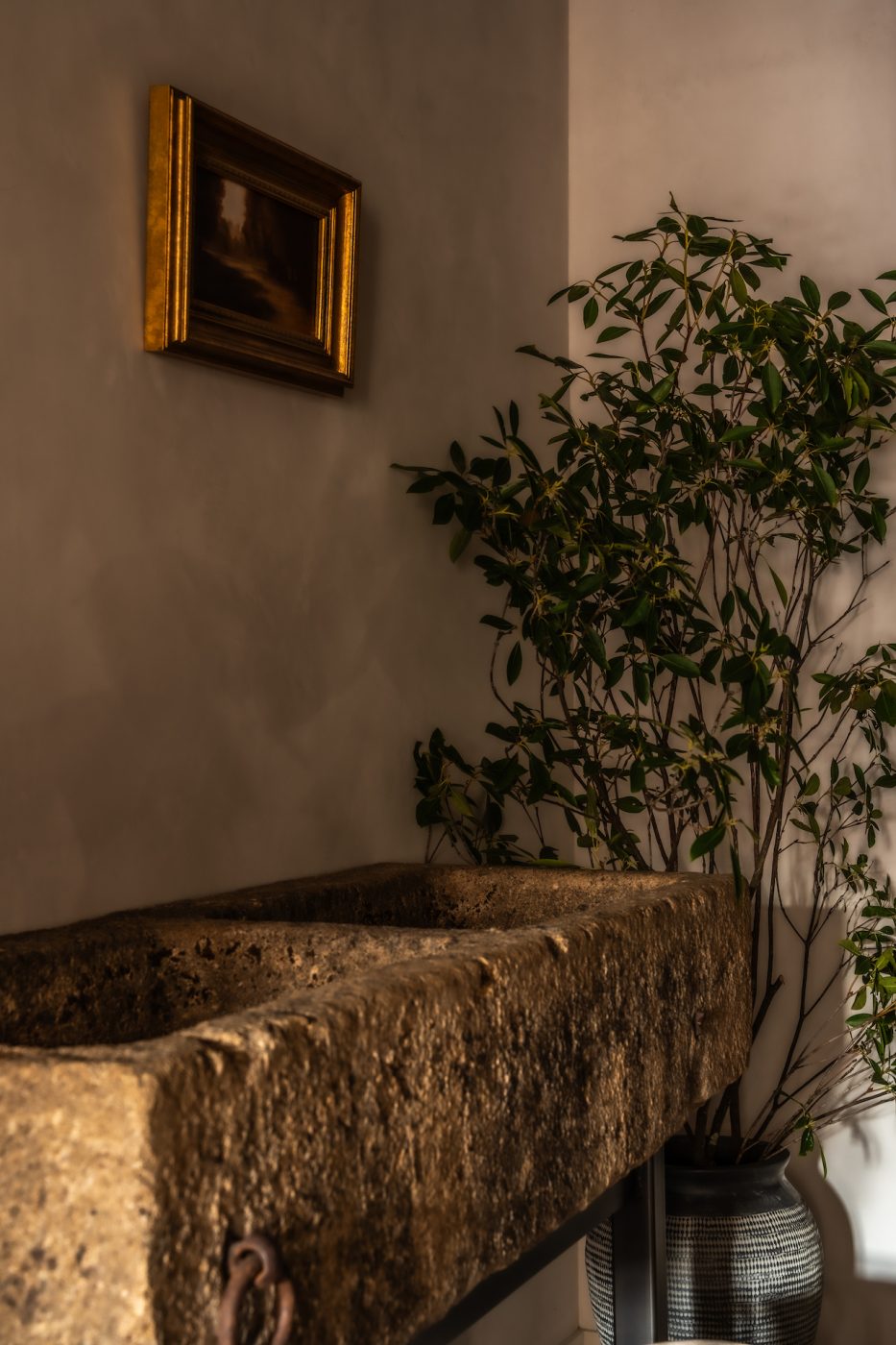
Some pieces from their holdings — many of them possessing just the sort of sculptural forms and silhouettes Gersten favors — hadn’t made it into the New Jersey house and, indeed, had sat in storage for years. “But they are very much part of her personality,” Gersten says of the wife, “and a passion.”
Employing the warm, natural, neutral palette she generally uses to complement sculptural forms, Gersten figured out just how to deploy the owners’ vintage finds to make this pied-à-terre “super dynamic and personal,” she says.
The first of these finds appears just past the front door, where a rustic 250-year-old French limestone horse trough, repurposed as a console table, greets arrivals to the home. It harmonizes with the ever-so-slightly textured, hand-mixed, cream-hued plaster finish Gersten conceived for the walls throughout the apartment, projecting a vintage European air.
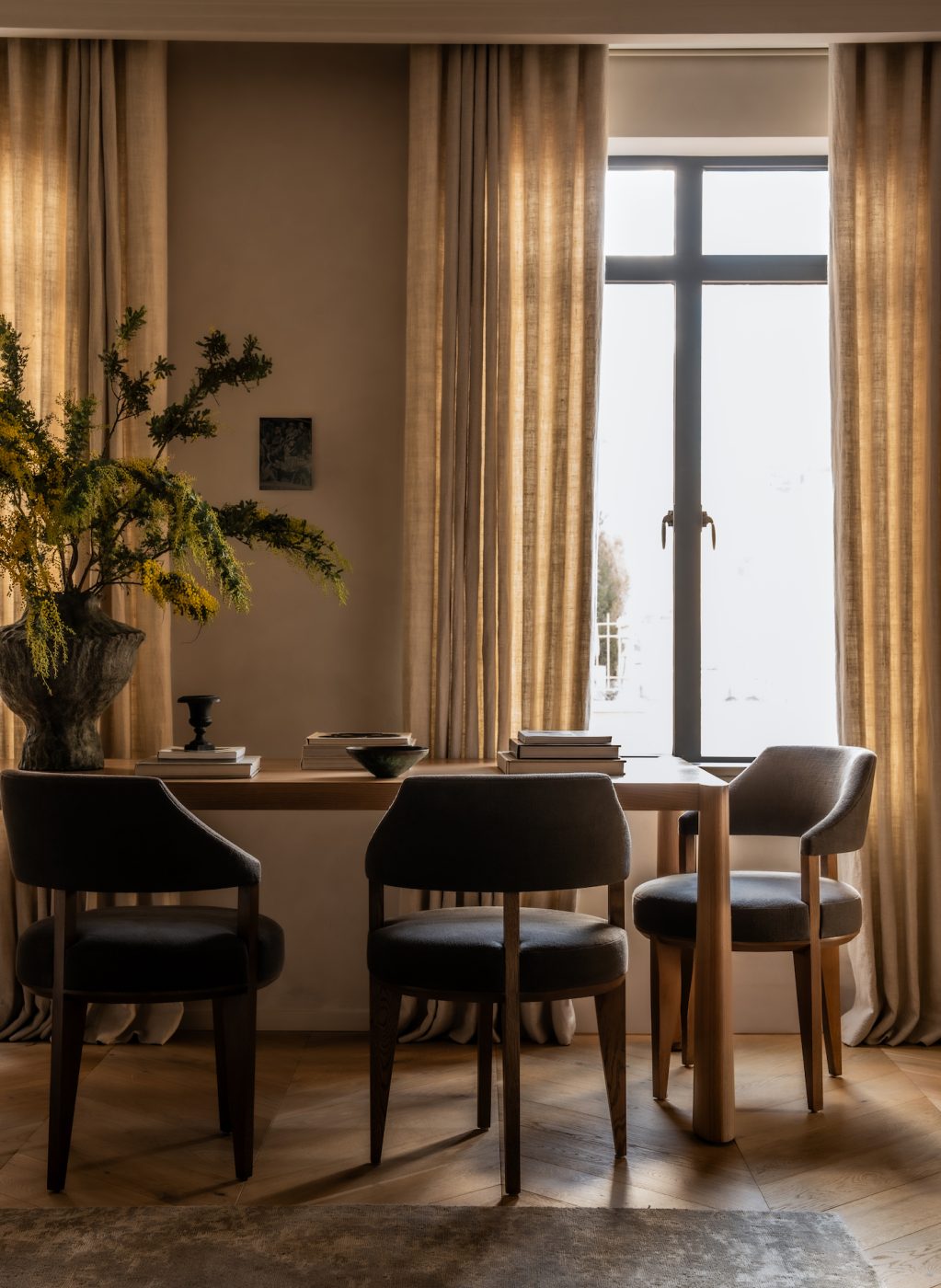
The designer then widened the geographic and temporal lens, bringing in a linen-draped contemporary pendant light by Malaysian-born, San Francisco–based contemporary designer Jiun Ho and a commissioned textile artwork by Perrine Rousseau, as well as another piece from the owners’ collection: a 19th-century English campaign chest designed for an aristocratic owner to bring his silverware to India in.
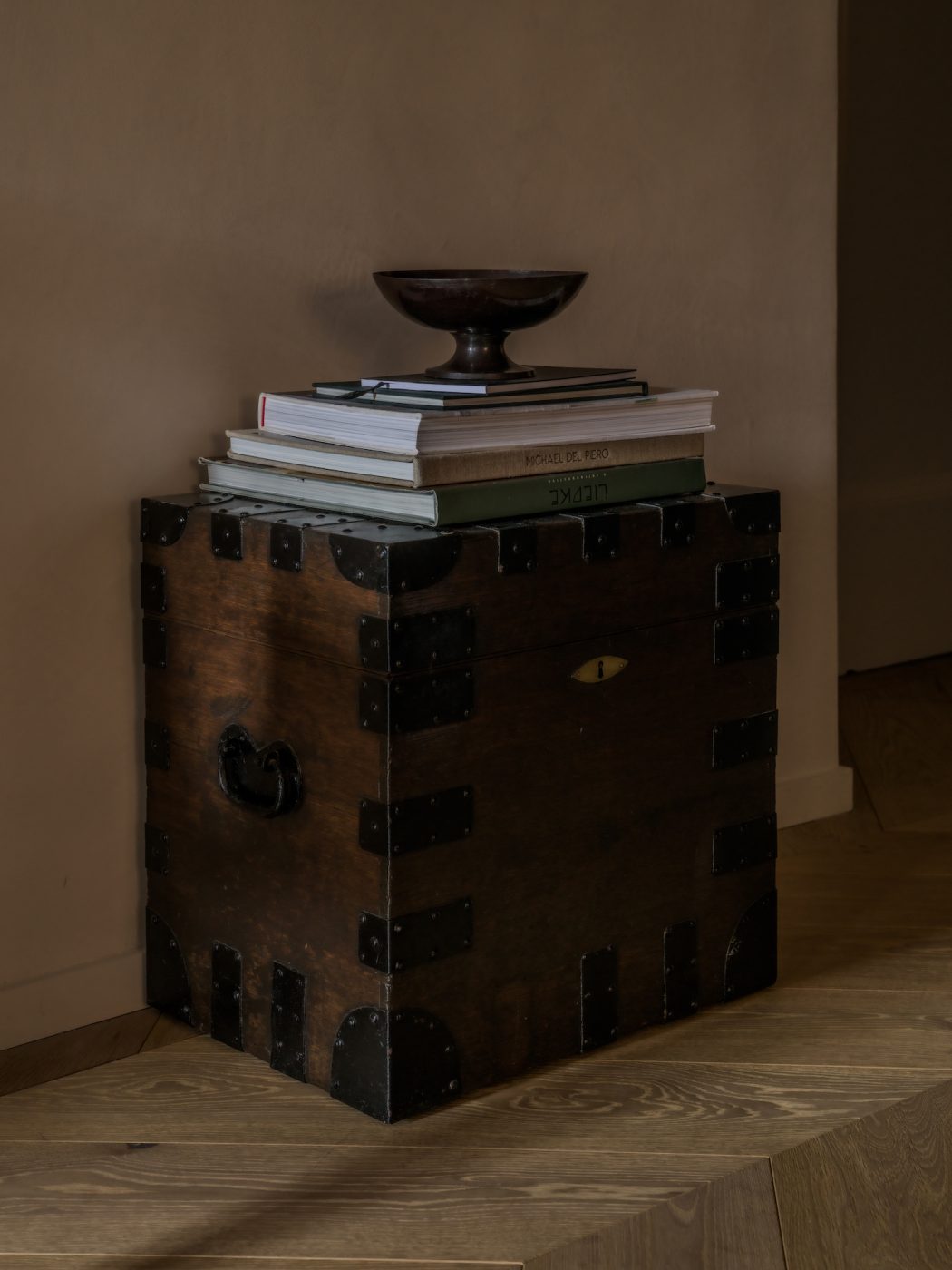
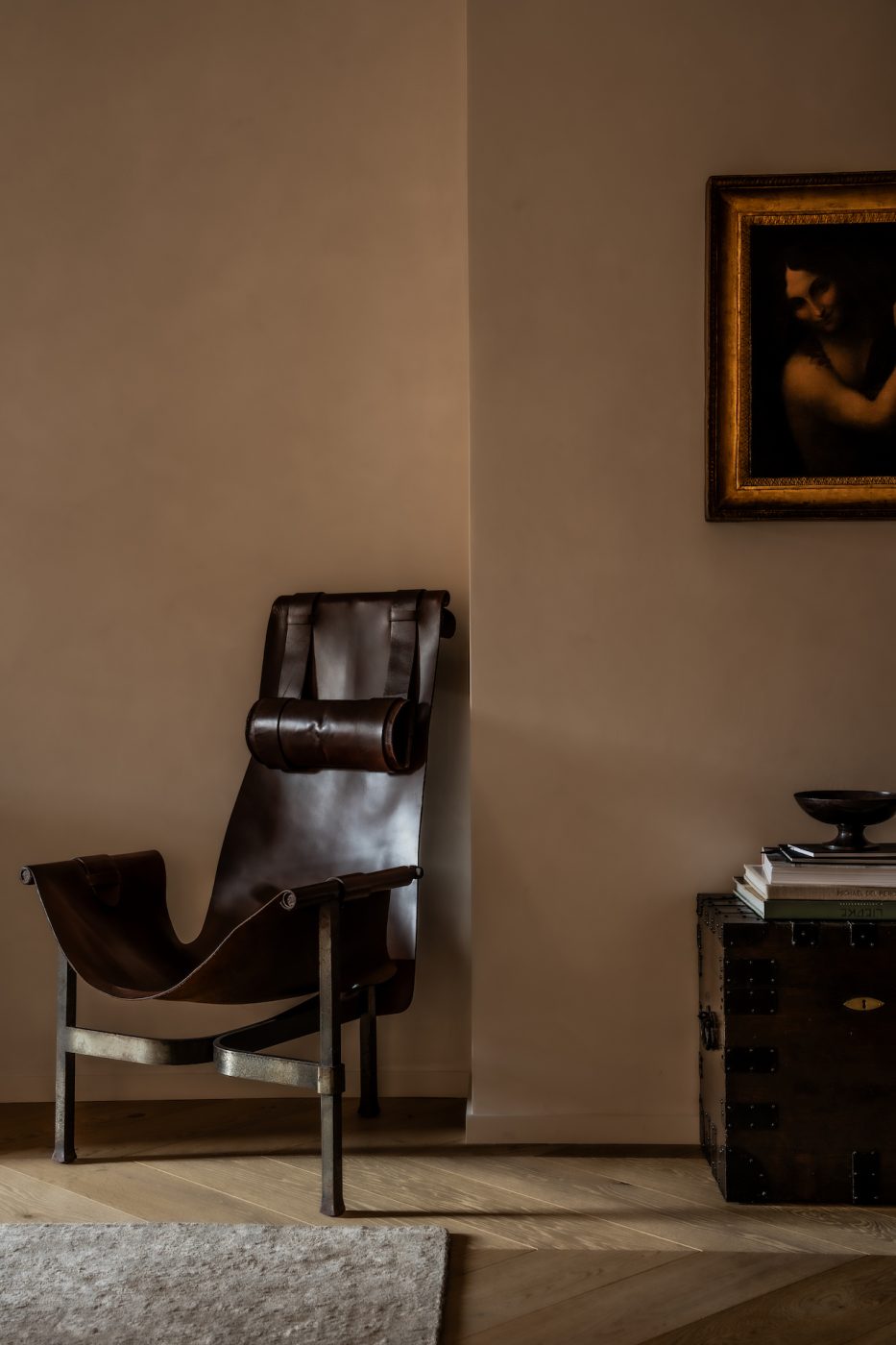
Asked what makes surprising juxtapositions like this work, Gersten turns philosophical. “I think any designer would say it’s about the art of the mix. There’s really no way of putting it other than that, and it’s hard to say what makes a good mix.
“When I designed my own apartment, twenty-one years ago, it was just a collection of things that I loved” — not least among them a large J. T. Kalmar Tulipan chandelier from a former Roosevelt estate, which she found on 1stDibs, and then hung over a live-edge wood-slab table surrounded by reproduction French Art Deco chairs. “On paper, the mix may not seem to work. But if you love something, and it fits into your emotional world, then it’s going to work in your home”
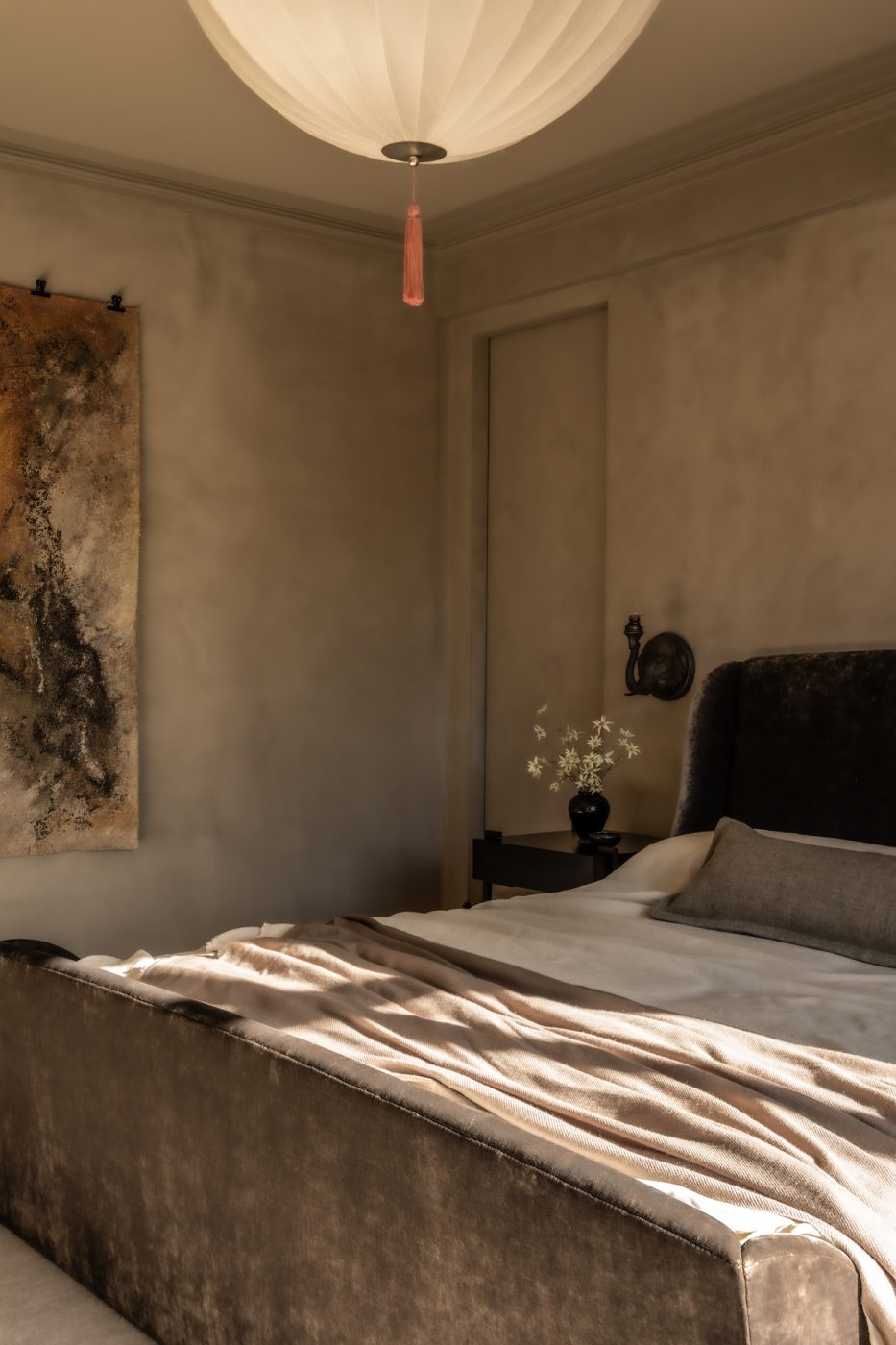
In the pied-à-terre’s primary suite, the artful, atmospheric mix centers on a tasseled hemispheric fabric lantern pendant from Woka — a reissue of a 1917 design by Josef Hoffmann for the Wiener Werkstätte — which Gersten hung over a curvaceously sculptural upholstered sleigh bed. This she juxtaposed with the orthogonal geometry of a pair of contemporary metal-framed wooden nightstands, set on either side of the bed under whimsical bronze Blackman Cruz sconces in the form of elephant heads. Their trunks each support a halogen bulb disguised within an oil-lamp-style hurricane lamp.
“A lot of these pieces are contemporary designs, but they’re not ‘modern,’ ” Gersten says of the items in the home. “They’re new but have an old-world look.”
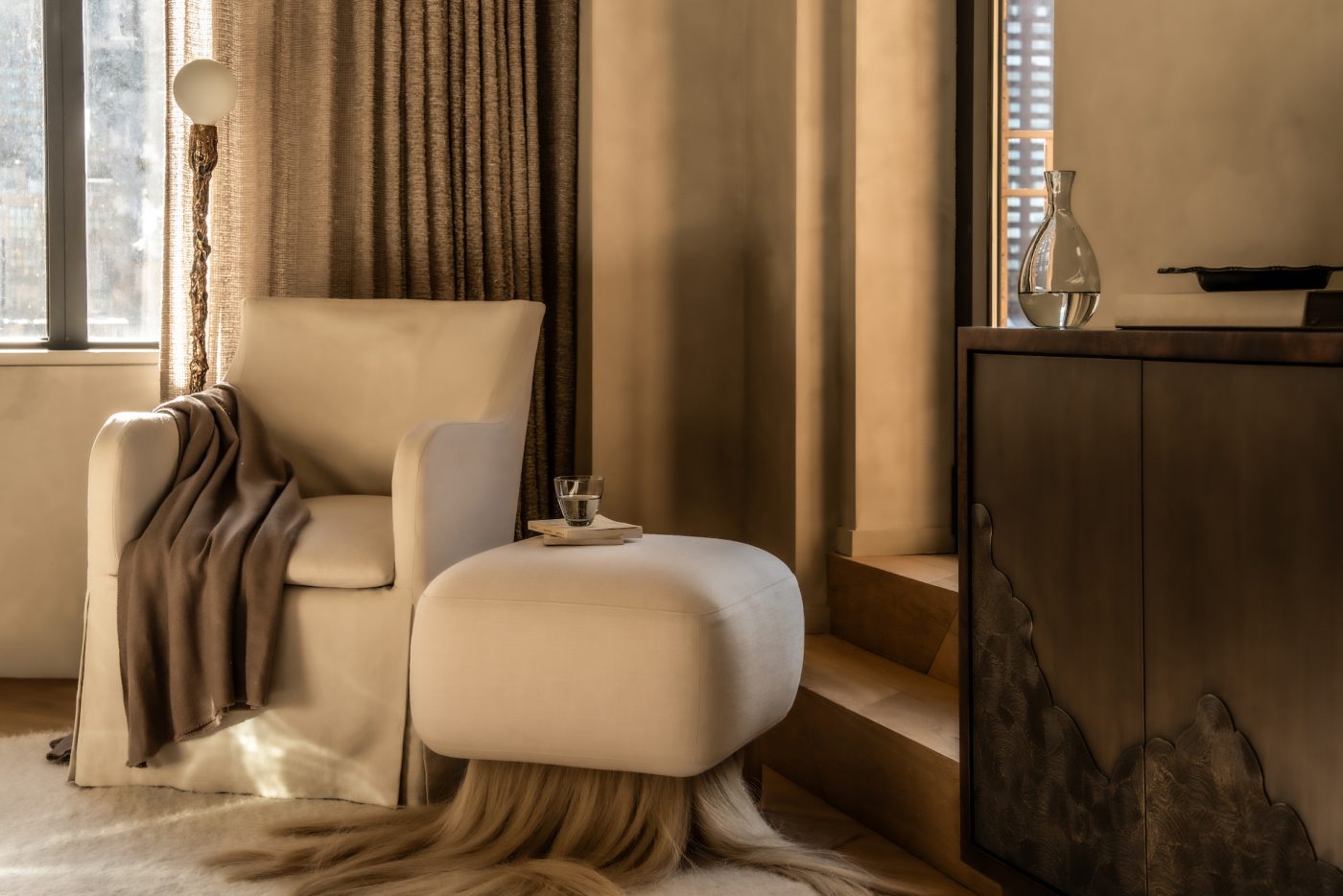
The wife, she explains, “is very tied to ancient history. She has traveled all over the world, is very well read, and there are a lot of historical references in her jewelry. It’s a major part of her essence.”
When the couple comes into the city from their highly contemporary home in New Jersey, Gersten says, the pied-à-terre “is this total immersion in a different world. I think it satisfied a big part of her, of them. It’s a whole experience of leaving one world and entering another.
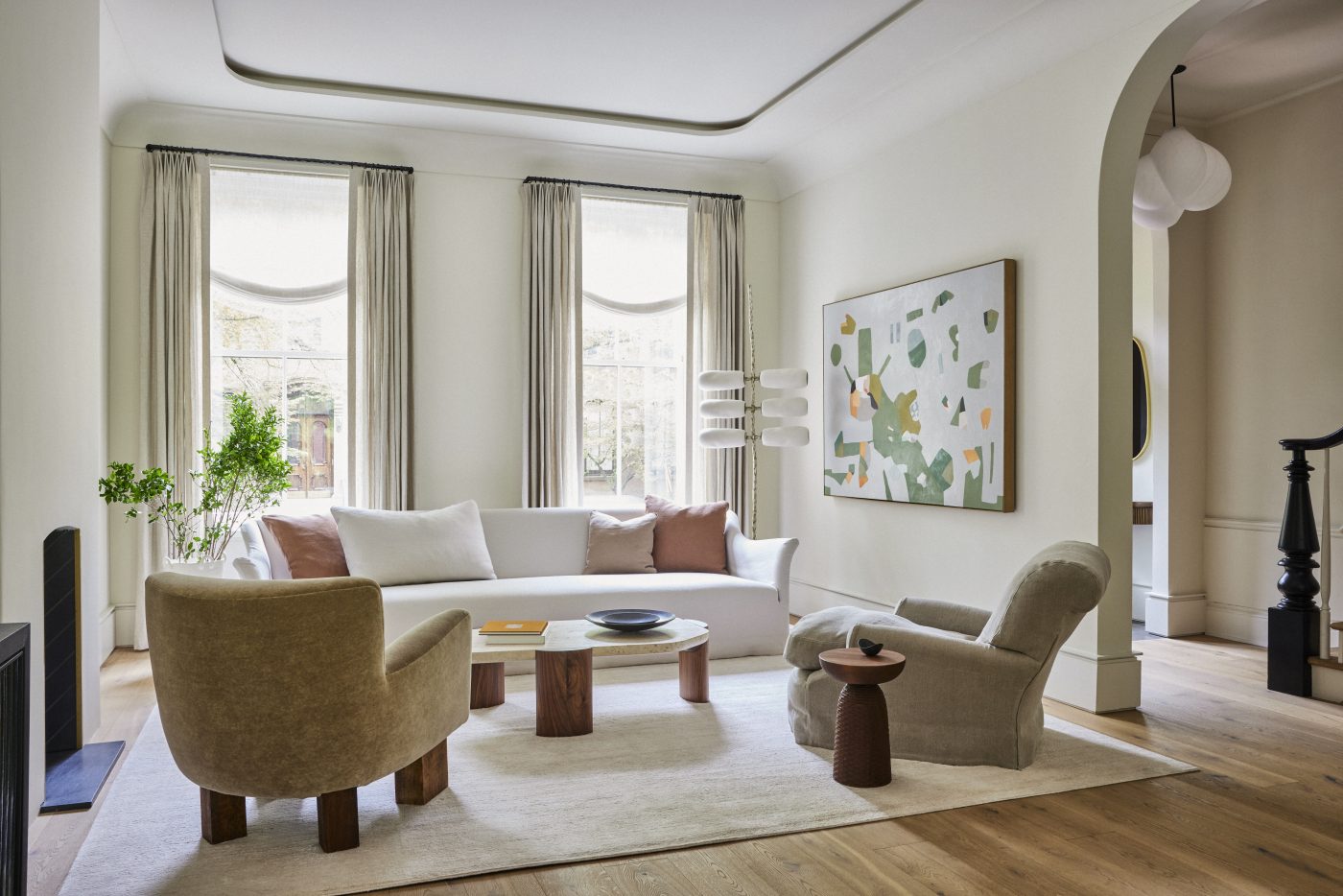
A much larger project — an entire Brooklyn Heights brownstone designed for a couple and their two school-aged children — also saw Gersten combining sculptural forms. But in this case, and once again at the clients’ suggestion, she combined flowing and organic shapes with more rigorously rectilinear ones.
The husband, a former design-world executive, brought to the project a pair of specific references and a distinct mix of pieces he wanted to include. “It was this sort of old-world, soft-slipcovers-draped-to-the-floor, Belgian-minimalist look plus Christophe Delcourt,” Gersten says, referring to the contemporary French, designer known for his clean-lined architectural aesthetic. “I knew I had to incorporate those two elements and then build around them to create the perfect storm.”

To begin, Gersten thought about crafting a series of captivating sculptural compositions throughout the ground floor. This includes a dining room and two living areas, the larger of which, she decided, would benefit from a tall floor lamp in a particular corner, to massage the vertical-horizontal transition from the space’s pair of floor-to-ceiling windows to the long, low-slung sofa she planned to sit in front of them.
She found the ideal lamp in an Olga Engel fixture whose lithe, tree-trunk-like vertical element supports six cocoon-shaped, biscuit-porcelain shades. This now stands between a contemporary linen-slipcovered, slope-armed sofa and a painting by Jen Wink Hays, whose mossy-green and terracotta-hued forms recall an abstracted aerial photograph or map. The overall look elegantly strikes the clients’ desired Old World–meets-New balance.
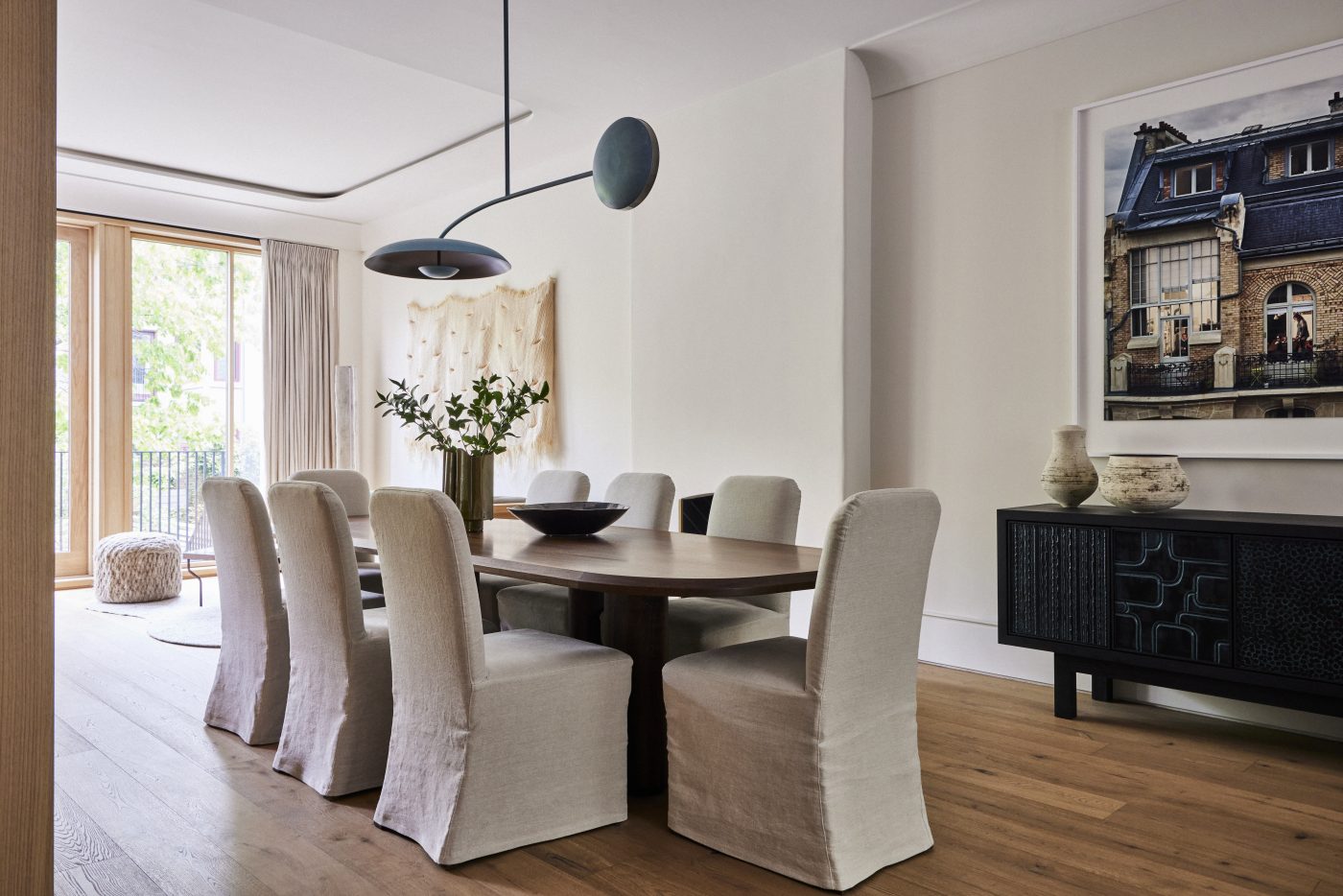
This continues into the dining room, where the verdigris finish on a contemporary counterbalanced pendant light by Eva Menz picks up the green hues from the living room’s painting. The fixture hangs over a wooden Samuel Accoceberry table with a bevel-edge free-form top and four chunky, asymmetrically placed legs that, in an echo of the living room floor lamp, almost resemble tree trunks. Around the table sits a suite of relatively traditional chairs sporting soft oatmeal-hued hemp slipcovers.
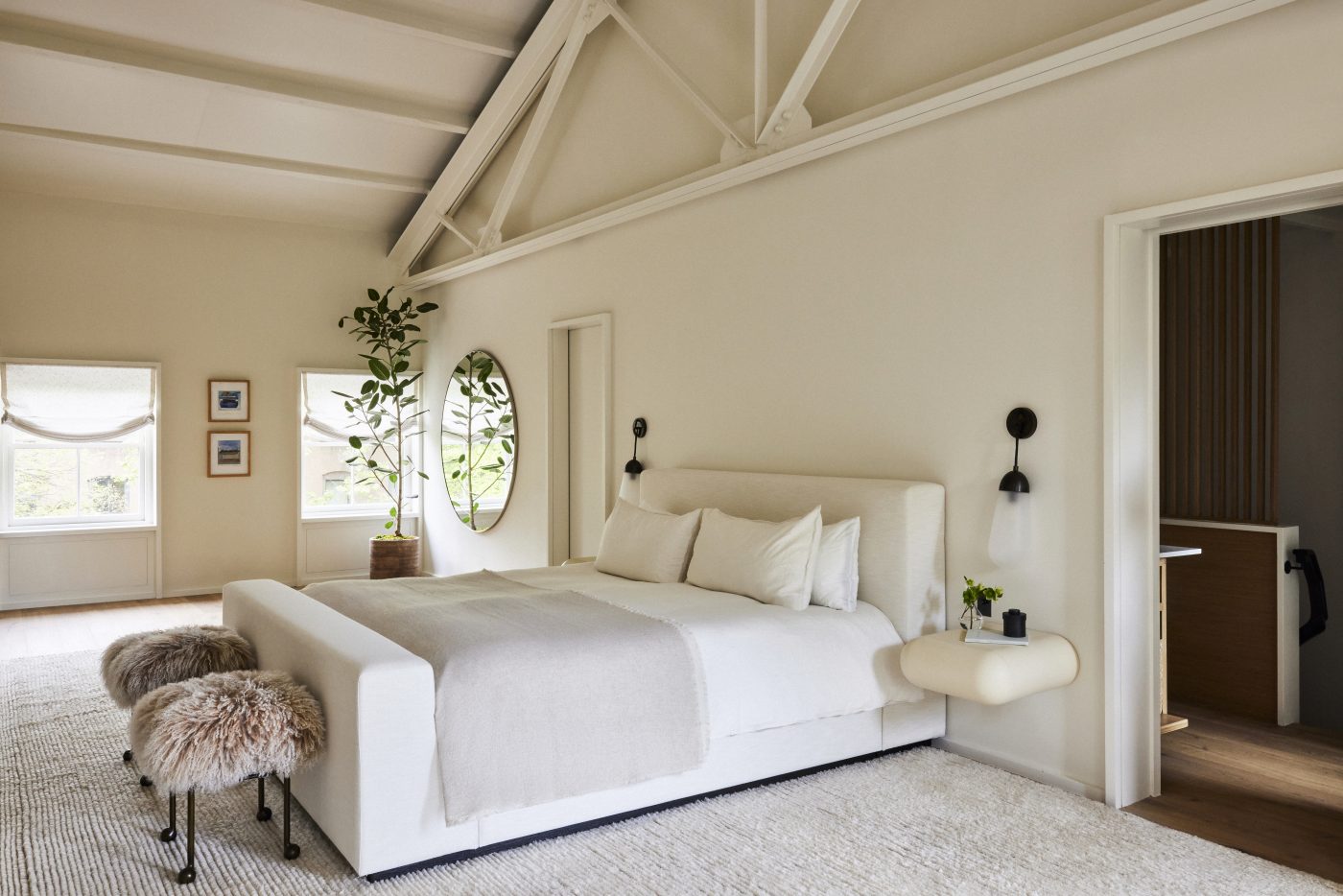
As always, Gersten explains, she carefully curated all the pieces to achieve her desired compositions, selecting ones that jibed with the two disparate, if not diametrically opposed, aesthetic directions the client had provided: “one super soft and fluid and the other completely structured.”
Getting that combination to work was not always easy, she notes, but her success in doing so ultimately created just the sort of balanced tension that makes her rooms sing.
